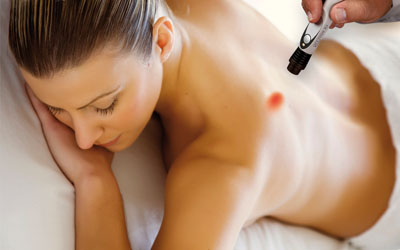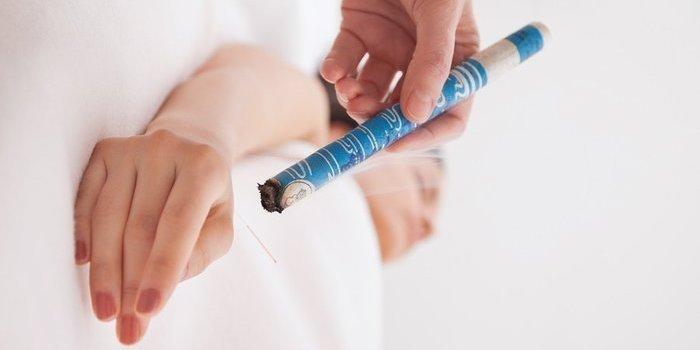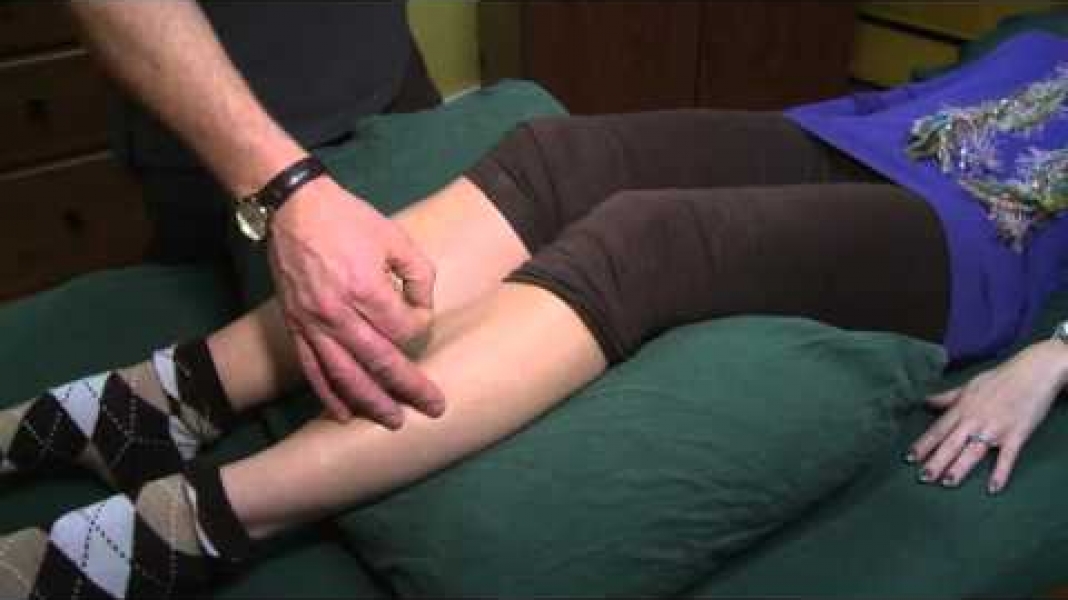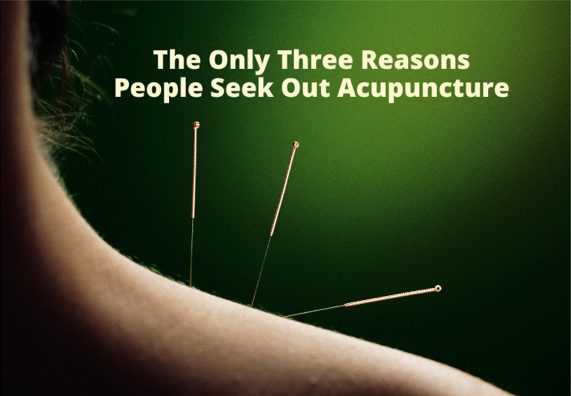What is moxibustion?

In traditional Chinese practice, many people would use moxibustion at home daily to maintain health and vitality – for longevity! The most popular point to use moxibustion on every day was called Zu San Li (or “three extra miles” of energy) just below the knee. When people get moxibustion done on this point, they often report that it feels like a flow of heat going right down to their toes. And yes, it does seem to restore circulation to cold feet! This is likely the most important acupoint of the whole body, and it is associated with immunity, balancing digestion, and a strong whole body relaxation response.
For Breech Babies: An ancient tradition turning babies upside down!

Treatments were in the 28wk – 37wk stage of pregnancy, with daily or twice weekly moxibustion applications. Results show about a 30% better turning rate of the fetus to head down position by labour compared to no treatment. This is a great example of an alternative practice that is used most often to support health routinely as opposed to intervening for a critical problem – but indeed it has garnered attention because it addresses a medical issue. In encouraging breech babies to turn, moxibustion works naturally without force or risks, and gently through the body’s own mechanisms of adaptation, to help rectify a complex matter that has eluded mainstream medical practices – until recently! Since this new research has come forward, we have started receiving referrals from obstetricians for their patients to come to us for moxibustion. Although moxibustion has traditionally been used for problems in pregnancy in China, it was and still is used routinely for many other conditions as well as just supporting basic health.
1. Coyle ME, Smith CA, Peat B. 2012. Cephalic version for breech presentation by moxibustion. Cochrane Summaries. http://summaries.cochrane.org/CD003928/cephalic-version-by-moxibustion-for-breech-presentation
How is moxibustion performed?
The technique can be done in several ways. Most commonly in the West, mugwort is wrapped in paper like a cigar, burned at the end and brought close, but not touching, to the acupoint or affected area repeatedly. Alternatively, the mugwort can be affixed and burned on the handle of an inserted acupuncture needle to warm the needle and the tissues nearby. Lastly, and very popularly in China, but less so in North America, it is burned directly on top of the skin and brushed off before it gets too hot, or on a sliver of ginger or other materials deemed to have specific interaction with the heat and body. Regardless of the technique, the main objective is to expose specific tissues to heat briefly to the point beyond what feels comfortable. Each time this heat tolerance endpoint is achieved, usually in about 30s to 1min, it is called “one unit”, and typically 3 successive units constitute a therapeutic treatment for any given acupoint or specific tender location. Several points or specific locations can be treated in one session.
How we get around the smoke and smell: The Premio 10 electric moxa device

What conditions is moxibustion used for?
Moxibustion is used to relieve local pain or joint problems by stimulating blood flow (and the flow of Qi, as would be described traditionally) at acupoints and tender locations of “stasis”. More generally, it is intended to affect digestion, immunity, and the general functioning of the body by activation of special acupoints on the arms and legs, in a similar manner as with acupuncture. It is traditionally used especially for people who are run down and exhausted, with “deficient and cold patterns” (Traditional Chinese Medicine lingo!).
The use of moxibustion to treat several specific conditions has been studied by scientists, but the results are often inconsistent or inconclusive due to the lack of reliable or standardized research procedures with adequate controls, causing what scientists call a “high risk of research bias”.
However, the treatment of women with breech presentation of their fetus holds extremely good promise for validating moxibustion scientifically as a legitimate medical modality. The treatment is usually performed one or two times per day on each of the mother’s baby (5th) toes (yes, you read correctly!) at acupoint BL67 during 33-37 weeks of pregnancy. Coyle et al (2013 in Cochrane Summaries), reviewed the data from eight randomized clinical trials involving 1346 women, and found “There is some evidence to suggest that moxibustion may be useful for turning babies from breech presentation (bottom first) to cephalic presentation (head first) for labour when used with either acupuncture or postural techniques of knee to chest or lifting buttocks while lying on the side. When combined with acupuncture, moxibustion may result in fewer births by caesarean section; and when combined with postural management techniques may reduce the number of non-cephalic presentations at birth.”
In another review, J. Vas et al (2009) showed moxibustion corrected the position of the fetus to head down more than 30% better than non-treatment (control) or postural methods, and was shown to be safe without complications. Some of these studies used controls, where some women received moxibustion on the “wrong” point without their knowledge (such as on the big toe, instead of BL67 on the little toe) to see if there was a placebo effect – and there was not. There is some evidence that both acupuncture and moxibustion before labour may reduce the need for induction with oxytocin.
How does moxibustion work on the body? (mechanism)
Acupuncture has traditionally been used for much more than rectifying breech presentation. It is used to activate acupoints not only to affect the sensation and function of local tissues, but also to have general effects (eg: BL67 for breech babies). There evidence to support that certain acupuncture points may work indirectly in a whole body manner by shifting the body’s autonomic nervous system tone from “fight or flight” (sympathetic response associated with adrenaline neurotransmitter) to restorative and healing (parasympathetic response associated with acetylcholine neurotransmitter). The relatively harmless microtrauma of inserting a needle and twirling it may be the stimulus which is associated with the acupuncture effect on acupoints – indeed, a healing response may be initiated at these sensitive and responsive critical control points that communicate to and induce changes throughout the body and mind.

Acupoints are likely part of the body’s remote intelligence system, rich with blood supply and many receptors, standing ready as control centres that monitor and send information back to the brain so it can react and optimize function in the body. Whether stimulated by acupressure, needles, infrared laser, or moxibustion, there may be common mechanims by which they share effects.
How to I arrange to receive a moxibustion treatment?
You can book online for acupuncture or acupressure and it can be done during any of these sessions. We will use the electric device and can send you home (if you want) with a moxa stick to use on yourself.




